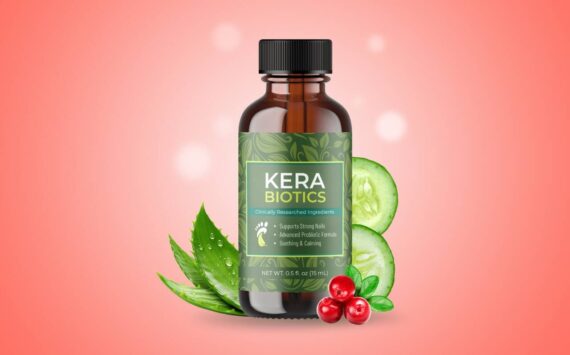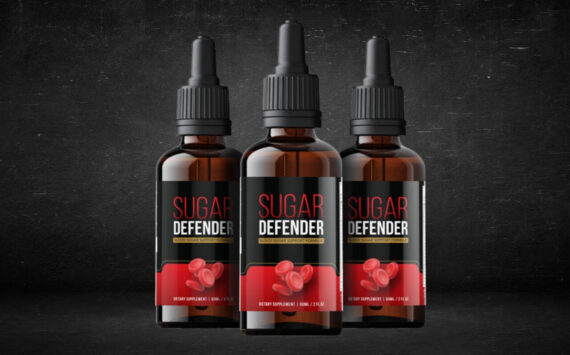I was walking through a wholesaler just the other day admiring some of the fall color that was coming on and it finally struck me what it is about shrubs turning color in the fall that I find so exciting. It’s as if they are blooming all over again. Only this time around it isn’t actually flowers that give us the color, it’s the foliage.
Just like a flower unfolding into its magnificence, a leafy shrub can project the same degree of wonderment as it transforms itself from a amorphous green blob into a glowing orb of fuchsia pinks, crimson reds, or iridescent oranges and yellows. It’s magic before our very eyes and it’s ours for the taking, free of charge with no strings attached. Well, maybe a few strings.
For the most part fall color is associated with deciduous plants, the ones that loose their leaves at the end of the season. When the show is over we are left with twigs and a pile of leaves that we feel compelled to rake up and dispose of. But this is a small price to pay for the pleasure we receive from this fall show. And often, once the leaves are gone, attractive twigs and berries are revealed that provide even more interest into the winter.
From a scientific perspective, I have always found the phenomenon of fall color fascinating. There seems to be much debate as to the purpose of leaves turning color in the fall with hypotheses that suggest the red colors specifically protect the plants from sunburn, help the leaves retain moisture and even the thought that there is some insect repelling benefit from the color change. What is well understood though is the actual physiology of the process.
As the days get shorter and there is less light the plants slow down their production of chlorophyll, the pigment that makes things green. Inside leaves there is already present yellow pigments called xanthophyll or carotenoids but they are masked by the green of the chlorophyll. As the chlorophyll decreases the yellow pigments start to show through and eventually dominate the leaves. In the case of red pigments it’s a little different story.
Red colors in leaves are caused by a pigment called anthocyanin. This is not present in leaves during the growing season but rather is produced in the fall. Plants that turn bright yellow in the fall obviously don’t produce anthocyanin. The production of red pigments requires bright sunlight and as a result the intensity of red can vary from season to season depending on how much sun there is during the late part of the year.
There seem to be other factors as well that can affect the quality of fall color. Drought and other forms of stress seem to bring it on early. Too much TLC such as fertilizer and plenty of water seem to delay it. Too much shade also can reduce color brightness. An early freeze can cause leaves to drop off without turning color at all. The best conditions seem to be bright sun, warm days, cool nights and a tapering off of fertilizer and water.
While the Pacific Northwest is not know for its fall color display, we are fortunate that our mild climate gives us a long viewing period for what does turn color. And one never really knows from year to year just what we are going to get. I have seen Sweetgums already turning where in past years they have waited until December to show any color. Burning bushes are now in their full glory and seem to be right on schedule. But due to our slow starting season I would expect most plants to be several weeks behind schedule.
If the weather continues to be sunny and on the dry side then we can expect to have one of the finest fall color years in a long time. It has already started and could well extend into late November making it a 2-3 month “blooming” season, which is about as long as we get out of some of our summer annuals. It’s not just a 2 week punctuation mark to the end of summer; it’s another gardening season and one that deserves some planning.
Next week I’ll throw some names out of plants that have caught my eyes this fall but you should really do yourself a favor and spend an hour at the garden center this week. Plants in containers at nurseries often turn fall colors before they do in the landscape and you can get a sneak preview of what they will do in your yard. Take for example … sorry, you’ll have to wait until next week.
Steve Smith is owner of Sunnyside Nursery in Marysville. You can contact him at 425-334-2002 or email at info@sunnysidenursery.net.







